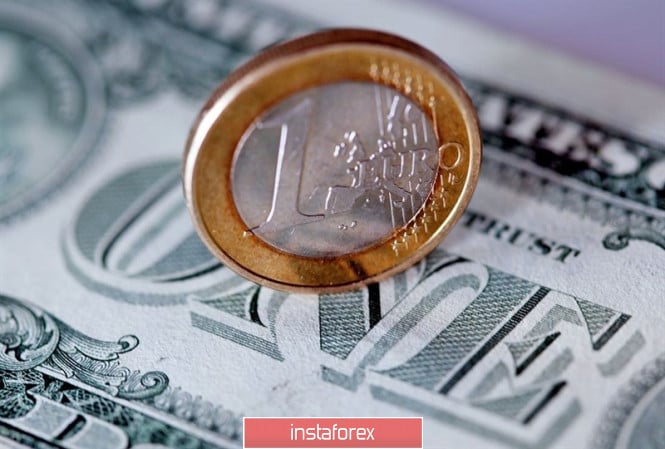
The annual Jackson Hole conference traditionally serves to give investors an idea of where the Fed's monetary policy will go. Therefore, markets were looking forward to Federal Reserve Chief Jerome Powell's speech at this event. When Alan Greenspan was still the chairman of the US central bank, another tradition appeared - to let in as much fog as possible so as not to bind oneself with any promises.
So did Jackson Hole on Friday and J. Powell. He did not give a clear signal at the interest rate in the future, but said that the Fed was ready to use more incentives in case of slowdown in the US economy. At the same time, the head of the Federal Reserve noted that the trade wars unleashed by the White House cause a lot of problems to the regulator.
Despite the vague wording of J. Powell, as well as a split in the ranks of the FOMC, many market participants still expect at least two rounds of federal rate cuts by the end of this year, one of which may take place on September 18.
This market sentiment, of course, could not but affect the quotes, and on Friday, the EUR/USD pair came close to the 1.1150 mark.
However, the main character of the day was far from J. Powell, but US President Donald Trump.
In response to the fact that China announced the introduction of duties on $75 billion worth of goods imported into the country from the United States on September 1, the head of the White House urged US companies to find an alternative to the Chinese market and announced an increase in tariffs on goods from China higher than planned.
In addition, D. Trump once again criticized Fed Chairman J. Powell, saying that the US has a very strong dollar and a very weak central bank, and has promised to work on both issues.
The market perceived these words as the upcoming interventions that the US Treasury will conduct in the foreign exchange market in order to weaken the dollar.
Against this background, the greenback fell sharply, and the main currency pair soared by 1%.
EUR/USD started the new week with a positive attitude, trading in the area of two-week highs at the 1.1150 mark, but then went down, testing daily lows in the 1.1115 area.
The US currency managed to win back some of the previously lost positions amid US President Donald Trump's statement that China had contacted US trade representatives last night and expressed a desire to return to the negotiating table to conclude a trade agreement.
"We are returning to the dialogue," D. Trump said.
Meanwhile, weak data on the business climate in Germany put pressure on the euro.
According to the IFO research institute, in August the business climate index in Germany dropped to 94.3 points. This is the lowest level since November 2012.
According to analysts, despite the fact that support at 1.1065 persisted, the single European currency has plenty of vulnerabilities for the EUR/USD pair to return to August lows.
The material has been provided by InstaForex Company - www.instaforex.com